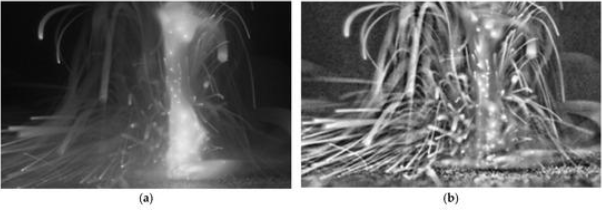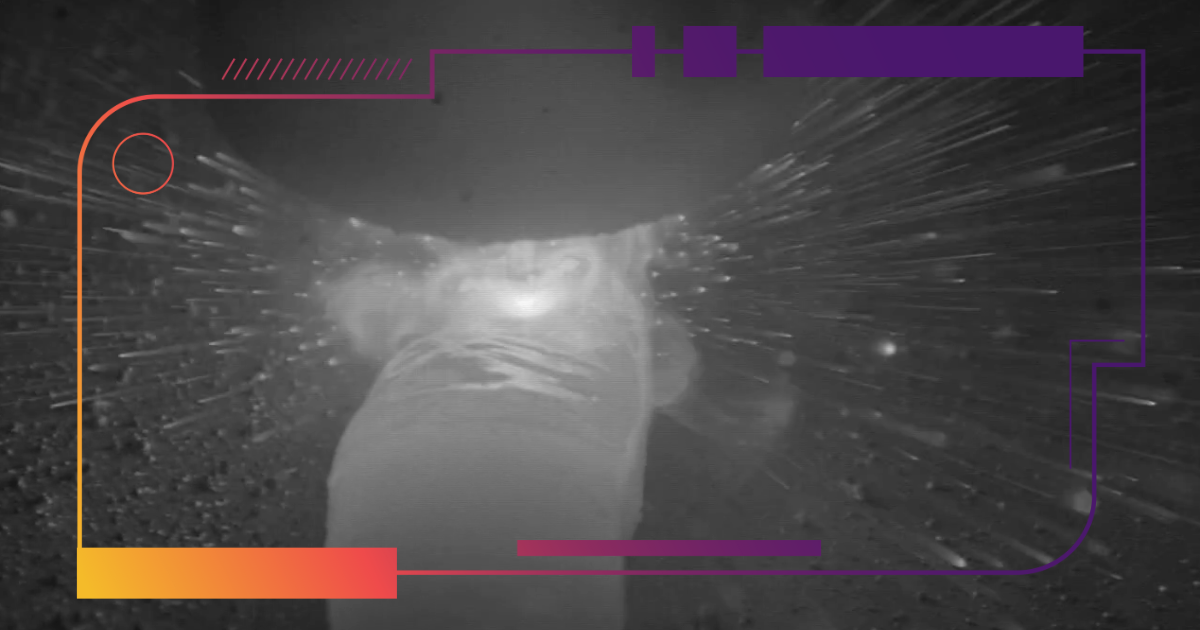Most people in the welding industry know about Weld Cameras, but there are a lot of misconceptions floating around that need debunking. Here are seven common perceptions about Weld Cameras that are nothing but myth.
1. Weld Cameras don’t produce a good image of the weld.
It's true that when off-the-shelf cameras are deployed as Weld Cameras, they don’t have the range of brightness necessary for quality images. Many details are masked, even when special filters and digitization technology are used. Off-the-shelf cameras aren’t able to overcome the challenges presented by the wide contrast between the extremely bright weld arc and the dark background (e.g., the parent material, the weld pool). The images from standard cameras are often no better than looking at the weld with a welding helmet.
But Weld Cameras with High Dynamic Range imaging technology provide sharp, high-quality images of the weld process. This clarity is made possible by a logarithmic sensor capable of suppressing super-bright pixels on the high end of the image brightness. With High Dynamic Range imaging, you get better images than are possible any other way. The result is that operators have excellent visibility of the weld, as well as what’s going on around it.
2. Weld Cameras are difficult to set up to get a good image.
On the contrary, the right Weld Camera is easy to set up and will reduce set-up time of the welding process. The Xiris XVC-O Weld Camera doesn’t require aperture set up, and you don’t have to adjust separate lights because the camera has solid state light sources built in for illumination when no weld arc is present.
3. Any camera will be able to do the job of weld monitoring.
You can’t just go to a camera retailer and buy a camera for weld monitoring. Standard cameras have a dynamic range of 50-60 decibels (dB), but you need more than 140 dB to get clear images of booth the weld arc and the surrounding area.
With a tremendous amount of customization, it’s possible to make off-the-shelf cameras somewhat functional for a specific type of welding. But once welding conditions change, the customized configuration for the standard camera is no longer useful.
Better to invest in a Weld Camera specifically designed for viewing the weld — suitable to all types of welding applications and with all manner of materials.
4. Weld Cameras are expensive.
In evaluating the cost of a Weld Camera with High Dynamic Range Imaging, it’s essential to weigh the risk of not having such a okcamera. Avoiding one shipment of defective welds could easily pay for a quality Weld Camera. So too could preventing a single on-the-job accident.
Long-term, you save on health-related costs by allowing operators to monitor welding processes remotely, escaping the health hazards of breathing in welding smoke. (This benefit of course also helps to attract and retain skilled operators.)
And you certainly should consider the productivity improvements a Weld Camera enables through more-efficient operations and better training. Enhanced training using recorded video from a Weld Camera is a benefit that alone can justify the cost of a camera by allowing quality audits and process validation.
5. Weld Cameras aren’t really necessary for an automated welding process.
How will you properly monitor the weld otherwise? Sometimes it’s impossible to manually monitor an automatic cell. The welding might be in a restricted space, such as in pipe cladding. Or it might be too dangerous to manually view the weld because of height, high temperature, or proximity to moving machines.
Even when manual monitoring is possible, it’s often not desirable because of the health and safety issues involved, as well as the fact that manual monitoring doesn’t provide the level of visibility that a Weld Camera does.
6. Weld Cameras are only good for monitoring one type of welding.
That may be true for inferior cameras, but the Xiris XVC-O camera has been successfully tested on the following types of welding:
- GTAW (TIG).
- GMAW (MIG/MAG).
- Electron Beam welding
- Laser welding.
- Laser-Hybrid welding
- Plasma Arc welding.
- Tandem GTAW
- Submerged Arc welding.
The XVC-O has also been successfully tested on the following materials:
- High carbon/cold rolled steel.
- Stainless steel.
- Titanium.
- Copper
- Brass.
- Aluminum.
- Other exotic metals.
7. The only time you need a Weld Camera is when it’s too dangerous to use an operator.
Manual weld monitoring involves long-term risks and short-term dangers, which are often what causes other monitoring solutions to be sought. But even when an operator isn’t in direct harm’s way, there are compelling reasons to use Weld Cameras.
When using Weld Cameras, one operator can monitor multiple machines remotely, with better visibility and control than possible with manual weld monitoring. And the video record of the welding process is invaluable in continuous process improvement, troubleshooting, and operator training.
A Weld Camera even helps in selling your products because you can confirm a high manufacturing quality level to your potential customers and enhance your company’s brand by demonstrating a commitment to quality and technology in your fabrication process.






